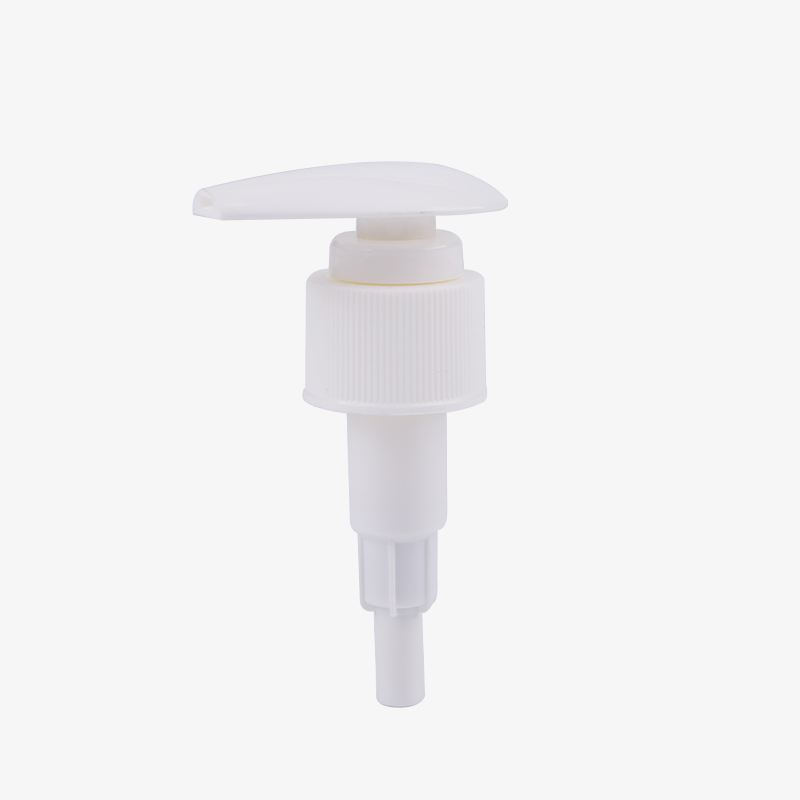The answer and analysis of the peristaltic pump are as follows: the fluid will fall in the pipeline due to its own gravity, but the liquid is filled with the pipeline, and because only one end of the pipeline is connected to the atmosphere, the other end is crushed by the runner of the peristaltic pump and cannot communicate with the atmosphere. Connected, the liquid will generate a tension in the pipeline, but since this tension cannot overcome the gravity of the liquid, the liquid will still drip.
Now that we know that the tension of the liquid in the pipeline is too small, is there a way to expand the tension to overcome gravity? Of course, it is possible. By reducing the diameter of the pipe outlet, we can easily increase the tension of the liquid in the pipeline, so as to solve the dripping phenomenon of the liquid.
Of course, in addition to this simple method, we can also solve the dripping phenomenon by adding a one-way pressure valve at the outlet. When the pump is working, the pressure generated by the pump itself will open the one-way valve, and the pressure will disappear when the pump stops. The one-way valve closes automatically.
Problems that need to be paid attention to in actual work: due to the pulse phenomenon during the operation of the peristaltic pump, that is to say, when the peristaltic pump liquid is transported, the liquid flow in the pipeline will be suddenly reduced due to the pulse, resulting in the phenomenon of back pumping and back suction. The length of the small diameter of the pipe outlet we set must exceed the length of the peristaltic pump suction.
Because if the small diameter set is too small, the liquid level at the outlet of the pipeline does not stay on the small diameter pipeline due to the back-drawing of the liquid, and the large tension of the liquid is still not formed, so it will naturally fail to prevent dripping.




 英语
英语 中文简体
中文简体










